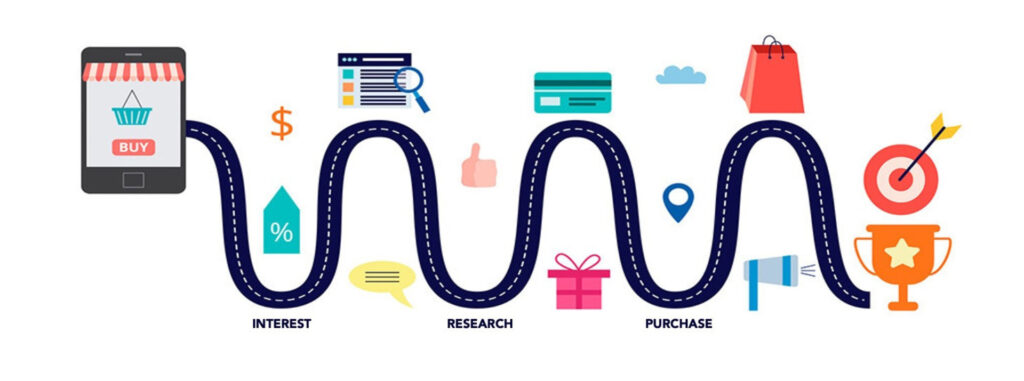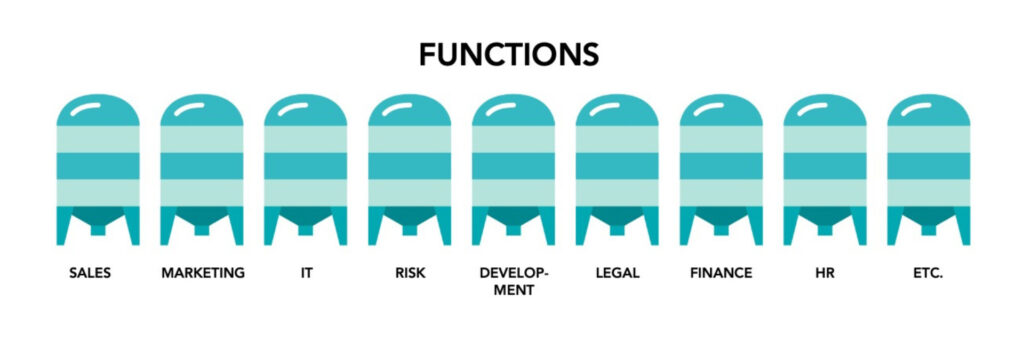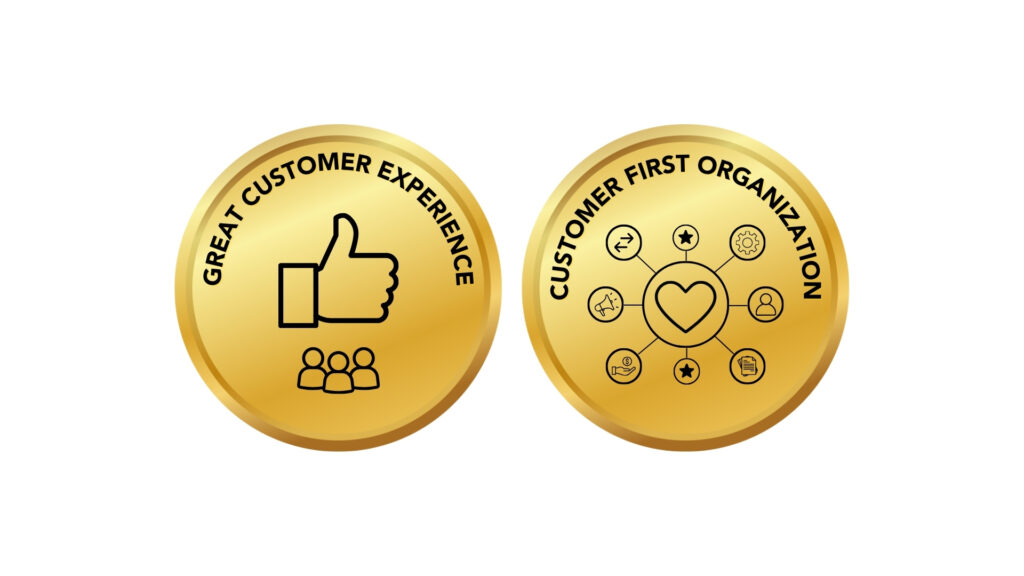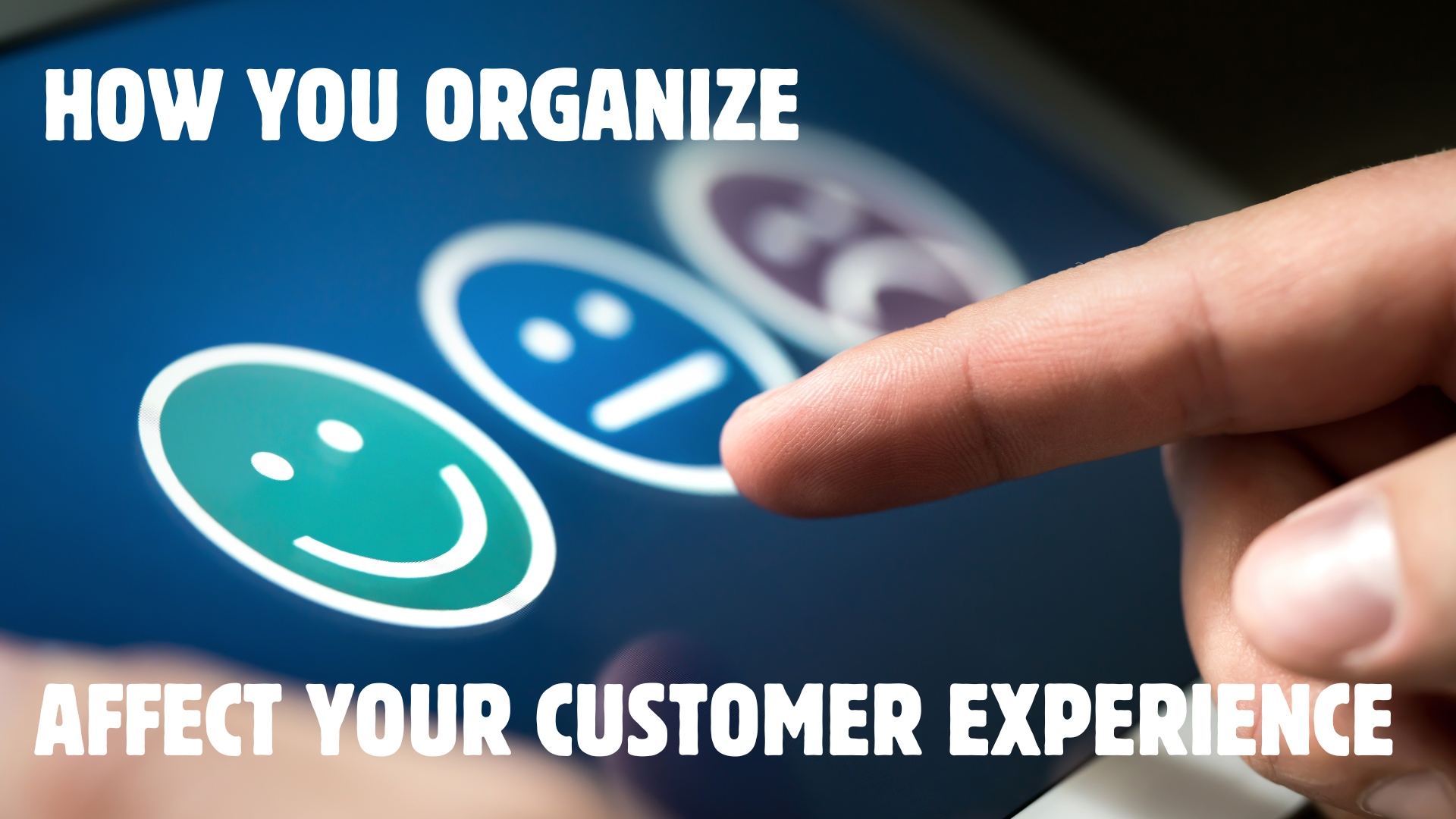The customer experience is a journey
An Onboarding Story at Bank Anonymous
I needed to send money to a friend who worked at a bank—a bank other than mine. We agreed that I’d use Swipp, his bank’s app, to transfer the money. Simple enough, right?
Well, first, I needed an account at his bank. No problem—I downloaded their onboarding app, scanned my ID, and submitted my information. So far, so good. Then came the second step—an email the next day with a link to register my “financial habits” as part of an anti-fraud process. Clicking the link, the webpage crashed. I called customer service, where a very polite employee advised me to try again later.
Later that day, I passed by a branch of this bank and figured, Great! I’ll just sort this out in person. The representative listened patiently before smiling and telling me:
“It’s easier online.”
Sigh.
Twelve interactions and one and a half months later, I finally had my account and could transfer the money. Over a beer, I joked with my friend that his bank might want to take a closer look at their end-to-end onboarding process. He confidently replied: “We have that down. We have an onboarding team. They’re in the digital program—they made the app you used. Didn’t you like it?”
Sigh. Again.
Contrast: Amazon’s Approach
The following week, I was in Minnesota visiting my grandkids. It was late, the fridge was empty, and the kids were getting cranky. I opened my Amazon Prime app, ordered groceries, and 30 minutes later, they were at the door.
No unnecessary steps. No crashing webpages. No frustrated phone calls. No “easier online” responses. Just effortless, seamless service.
Who takes better care of their customer journey, the bank or Amazon? The answer is obvious, Amazon! Amazon clearly cares about making it easy for the customer but so does the bank.
Reflection:
How are your customers experiencing their interaction with your organization? Is it a risk the experience is, frustration like in the story of this bank?
What’s the difference?
It’s not about the app, the technology, or even the employees. It’s about how the company is structured to serve its customers.
Amazon is designed around the customer journey, from order to delivery, every step is optimized for speed, simplicity, and satisfaction.

The bank, on the other hand, is structured around internal functions. Each department (digital, customer service, in-branch staff) works in its own function, focusing on its piece of the puzzle instead of the whole customer experience.

At the bank, no one owns the end-to-end customer journey. At Amazon, everyone does.
Customers don’t experience a company in silos. Customers experience it as a journey, from awareness to purchase and loyalty etc.
Function-based structures lead to poor experience
The Bank’s functional organization caused misalignment between departments that had a direct and very frustrating effect on the customer.
Not that the Bank´s workers believed they provided a great onboarding because they had an onboarding team. However, the customer experience was terrible! 12 interactions and 1.5 months to become a customer and a lot of frustration on the way is not a great start. I would not say the bank “had it down” as expressed by the bank worker. Would you?
Anyone with this type of experience can start a digital tsunami simply by sharing their experience online tagging the bank. Others that likely have the same experience will likely like and share such a story.
Can you afford to treat your customers like this when you know that:
“There is only one boss. The customer.
And he can fire everybody in the company from the chairman on down,
simply by spending his money somewhere else.”
– Sam Walton, Founder of Walmart and Sam’s Club
The way you organize has a huge effect on your customer experience and organizing around functions clearly doesn’t work as the example shows. It becomes impossible to understand the customer experience when there is no clarity of the customer journey!
Reflection:
Are you organized around functions or around customer journeys?
Customer journey based structures lead to great experience
When we organize around the customer journeys we can increase the customer satisfaction through seamless end-to-end experiences. This is what Amazon has done and why they can deliver in 30 minutes.
The two-sided coin of customer experience
Something is fascinating about why this story unfolded the way it did. Because it’s not that the bank wasn’t trying. In fact, they had invested in a digital onboarding app, had a team focused on customer experience, and even had a service department designed to handle any issues.
So, why did the experience still feel frustrating, slow, and impersonal? Delivering a great customer experience isn’t just about what the customer sees, it’s about what’s happening inside the organization to support it. It’s like a two-sided coin.

One side focuses on the customer experience: how fast, easy, and smooth everything is for the customer. The other side involves the organization’s structure, which includes the teams, processes, and decision-making systems that can either enhance or impede great experiences. If an organization focuses only on the customer-facing aspect without addressing the structural side, frustration is inevitable just like in the story of the bank.
Amazon doesn’t just deliver seamless customer experiences because they “care” more about customers. They do it because they’ve built an organization designed to deliver on that promise.
Don’t just create great customer experience, build your organization around the customer journey so you can deliver those experiences inevitably.
Internal customers experience matters too
The bridge between implementation and executive leadership:
A tale of internal customer journeys
At Innovex Technologies, Alex, a dedicated implementing leader, prided himself on his ability to execute company strategies effectively. His teams appreciated his enthusiasm and deep understanding of operational challenges. However, behind the scenes, he often found himself frustrated with the executive leadership, who, in his view, set high-level strategies without fully grasping the complexities of execution.
On the other side of the company, Emma, an executive leader, took great pride in crafting visionary strategies designed to drive growth and innovation. She often felt overwhelmed by the resistance from implementation teams, who constantly pushed back on timelines and requested adjustments that seemed to slow progress.
One day, Alex encountered a major roadblock in implementing a new initiative because of unforeseen operational challenges. He stormed into Emma’s office, venting his frustration. “If leadership could just be more in tune with the realities on the ground, we wouldn’t be facing these setbacks!”
Emma, feeling defensive, shot back, “If you understood the broader vision and long-term impact, you wouldn’t be so focused on short-term obstacles!”
Their heated exchange caught the attention of the company’s CEO, who decided to intervene. She organized an internal customer journey workshop, where different teams mapped out how their work impacted each other.
During the session, Alex realized that executive leadership was his internal customer. He depended on them to provide strategic direction that guided implementation efforts. Similarly, Emma recognized that implementation teams were her internal customers, without their expertise and feedback, strategies would remain ineffective and disconnected from operational realities.
By shifting their perspectives, they started working together proactively. Emma began involving implementation teams earlier in strategy development to align visions from the start, while Alex worked closely with leadership to provide real-time insights that refined opportunities based on feedback during execution. Over time, their improved collaboration led to smoother strategy implementation, better alignment across teams, and stronger business outcomes.
This story highlights a crucial lesson:
Internal customer journeys are as important as external.
Reflection:
Do you consider your internal customers?
Key takeaways
Customer experience is shaped by how an organization is structured. Companies that organize around customer journeys, rather than internal functions are able to deliver seamless, efficient, and satisfying experiences. Amazon exemplifies this approach, optimizing every step for the customer, while function-based structures, like in traditional banks, create silos that lead to customer frustrations. To stay competitive, organizations must align their internal operations with customer needs, ensuring both external and internal customer journeys are smooth and effective.
Unfortunately, very few organizations have made this transformation.
Would you like to learn how you can improve your customer experience by organizing around customer journeys?


